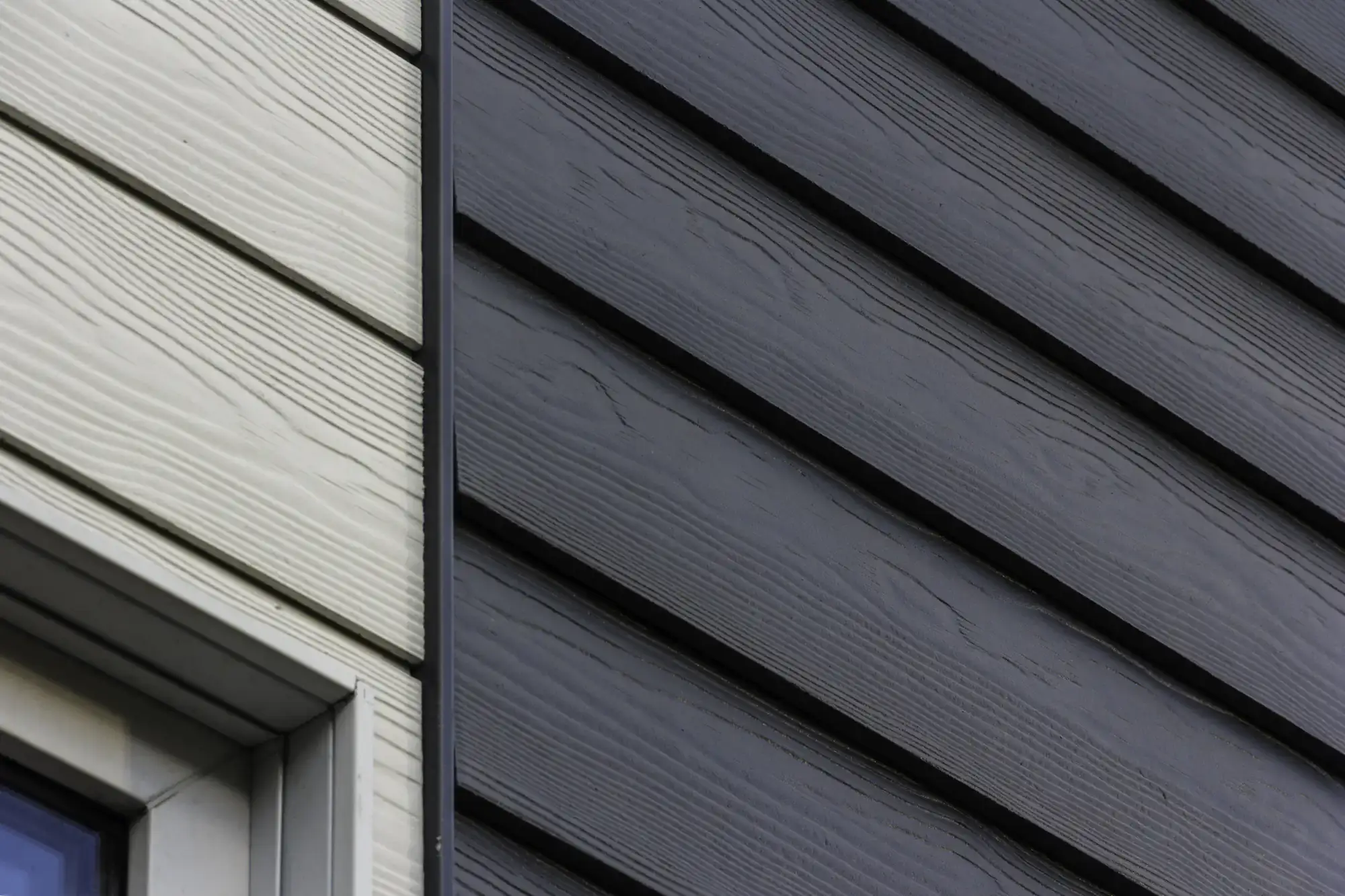
Hear from Our Customers
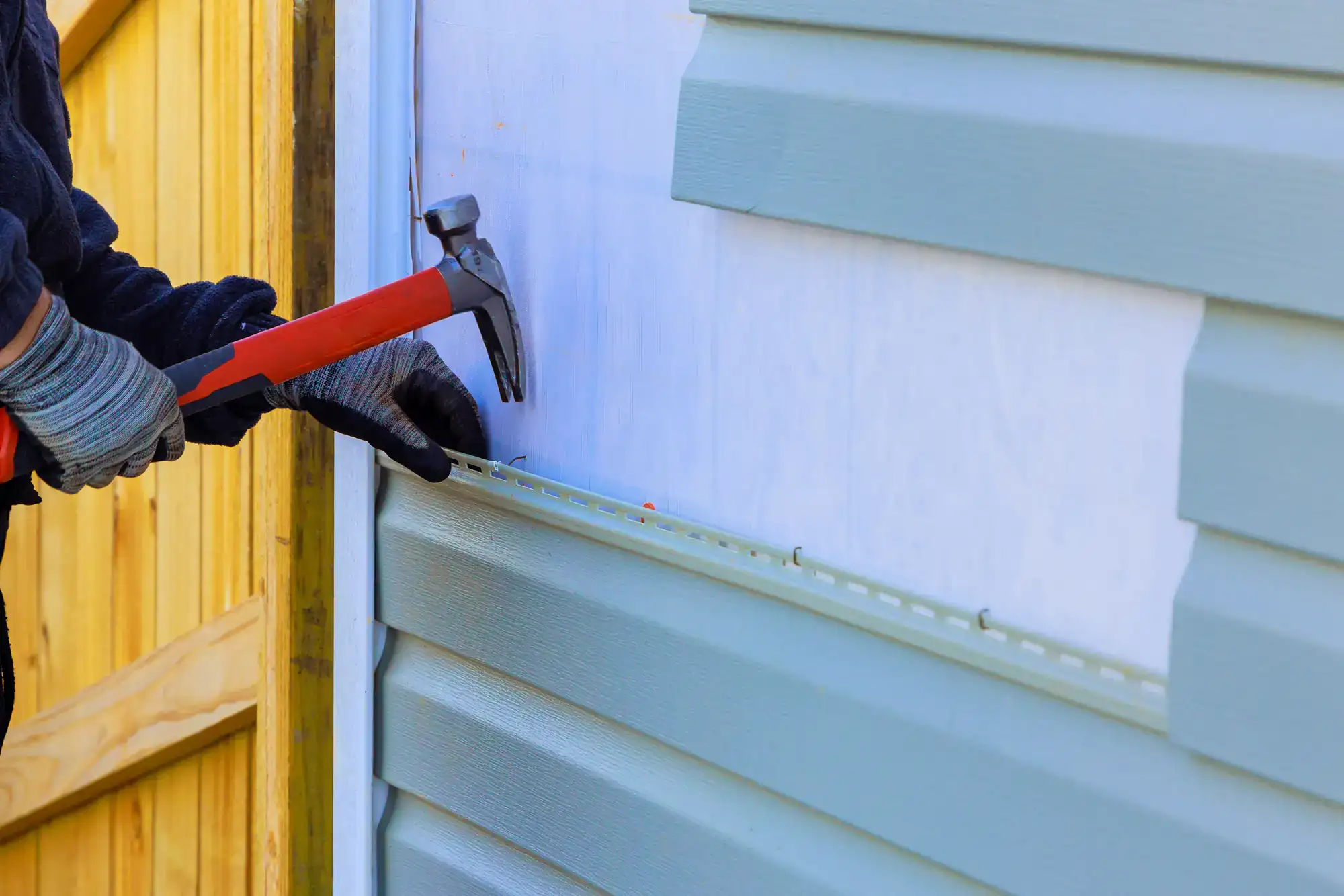
You’re dealing with Long Island’s brutal coastal weather every day. Salt air, hurricane-force winds, and temperature swings that crack and warp inferior siding. When your siding fails, you’re looking at water damage, mold problems, and energy bills that climb every month.
Quality siding installation changes everything. Your home stays dry when storms hit. Your heating and cooling costs drop because air isn’t leaking through gaps and cracks. You stop worrying about rot, termites, and the expensive repairs that follow damaged siding.
The right siding materials and proper installation mean you’re done dealing with constant maintenance, repainting, and emergency repairs. Your home looks better, performs better, and protects your investment for decades.
We’ve been installing and repairing siding throughout Elmont since the early 2000s. We’ve seen what Long Island weather does to homes, and we know which materials and installation methods actually work in this climate.
Our team understands Elmont’s housing stock. Most homes here were built in the 1940s through 1960s, and they need siding solutions that respect the original architecture while providing modern protection and energy efficiency.
We’re not the cheapest option in Nassau County, and that’s intentional. You’re investing in materials that won’t fail in three years, installation that prevents water intrusion, and service that’s still here when you need it.
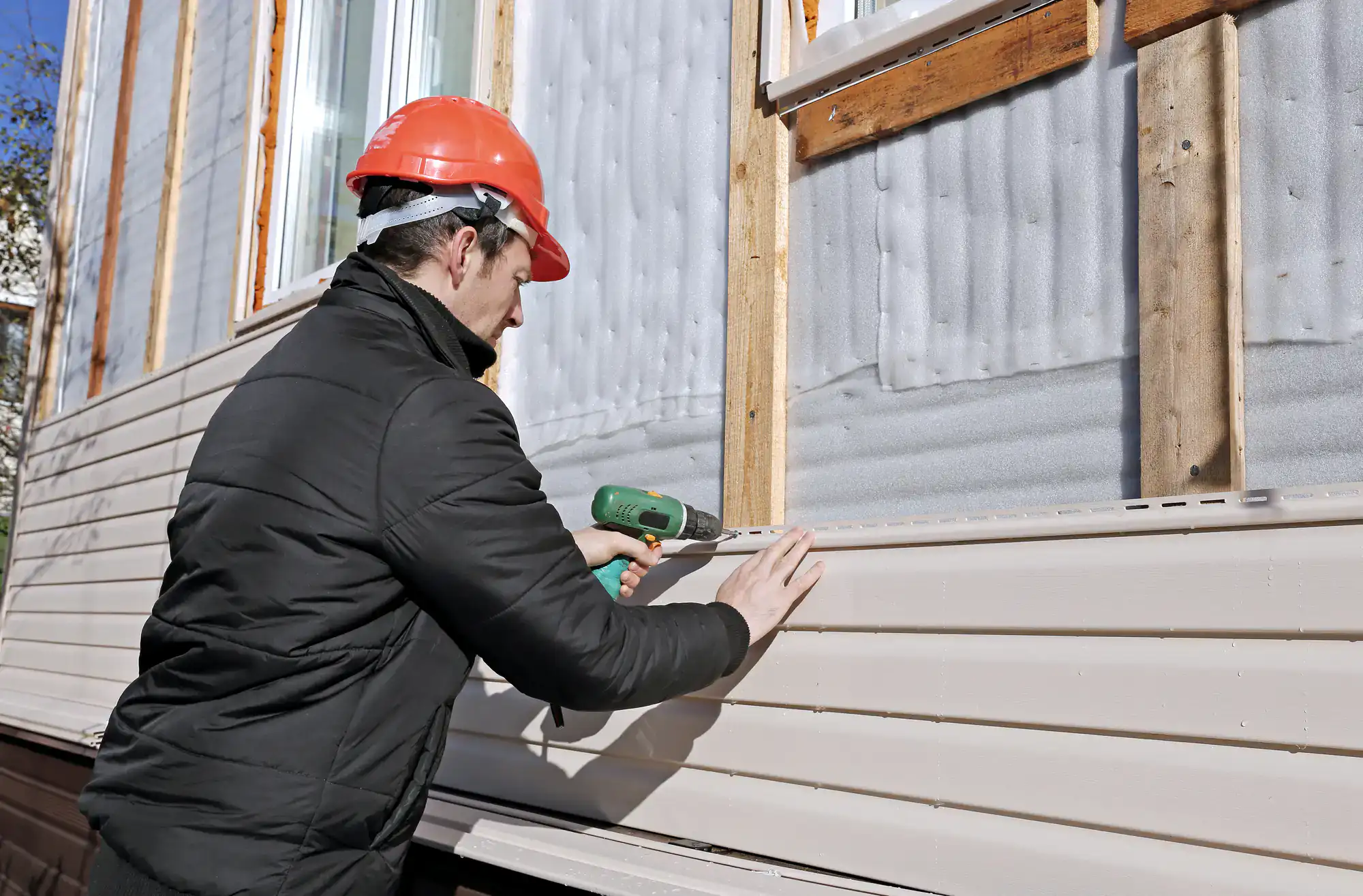
We start with a thorough inspection of your existing siding and home structure. You’ll know exactly what needs repair, what can stay, and what materials work best for your specific situation. No surprises, no upselling.
Installation begins with proper preparation. We protect your landscaping, remove old siding carefully, and address any underlying issues like moisture damage or inadequate insulation. The house wrap goes on first, then your new siding is installed according to manufacturer specifications.
Every project includes cleanup and a final walkthrough. You’ll understand how to maintain your new siding and what to watch for over the years. Our work is guaranteed, and we’re local enough to stand behind it.
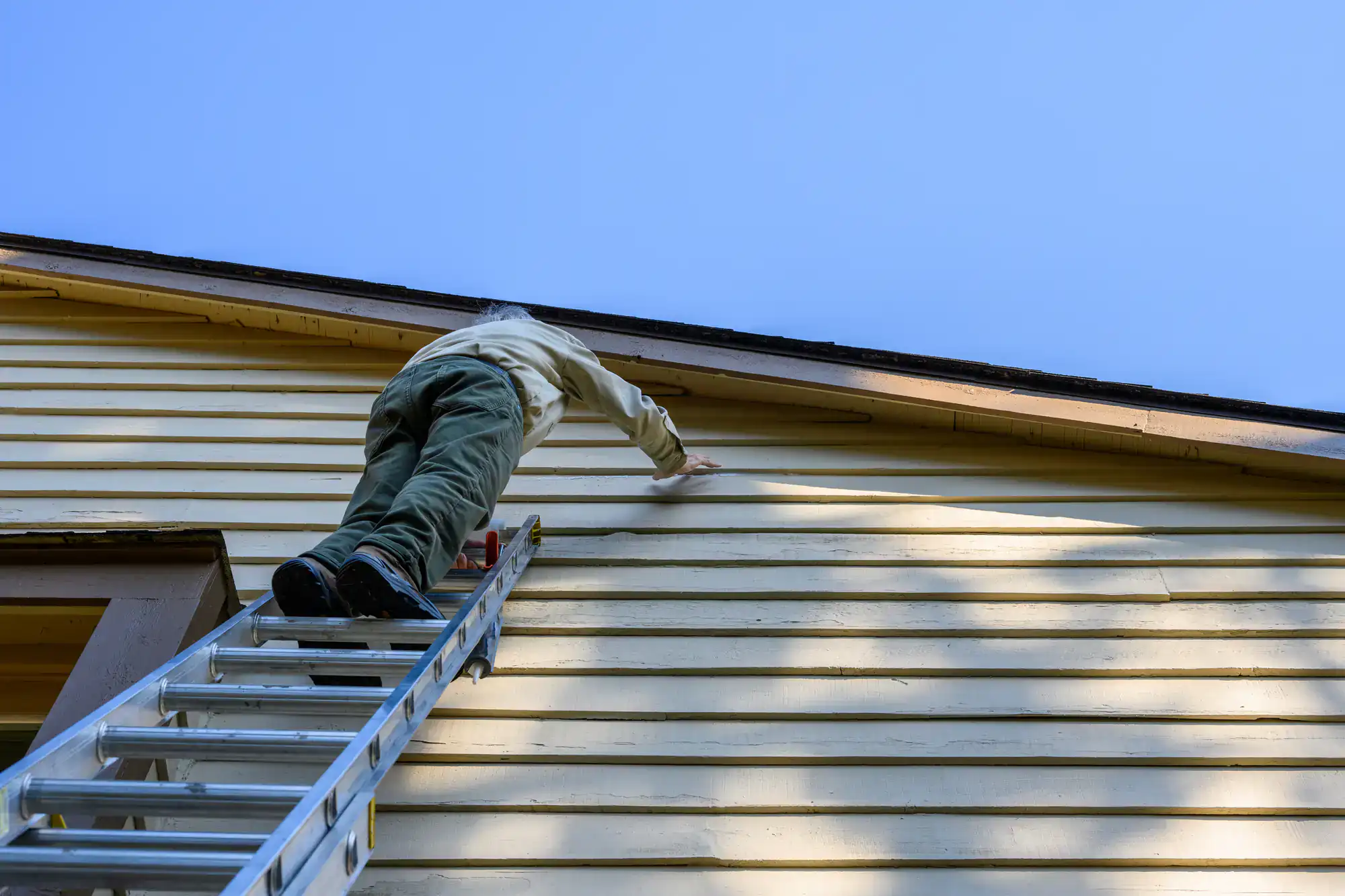
Ready to get started?
Elmont’s location means your siding faces salt air, nor’easters, and temperature swings from below freezing to over 90 degrees. Standard materials fail quickly here. We install siding systems designed for coastal climates.
Vinyl siding with proper backing and insulation reduces energy costs and handles wind loads up to hurricane strength. Fiber cement siding like HardiePlank resists moisture, won’t rot, and maintains its appearance for decades. Wood siding gets proper treatment and sealing to prevent the moisture problems common in coastal areas.
Every installation includes quality underlayment, proper flashing, and attention to details like trim work and corner treatments. These aren’t extras—they’re essentials that prevent the water intrusion and air leaks that cause expensive problems down the road.
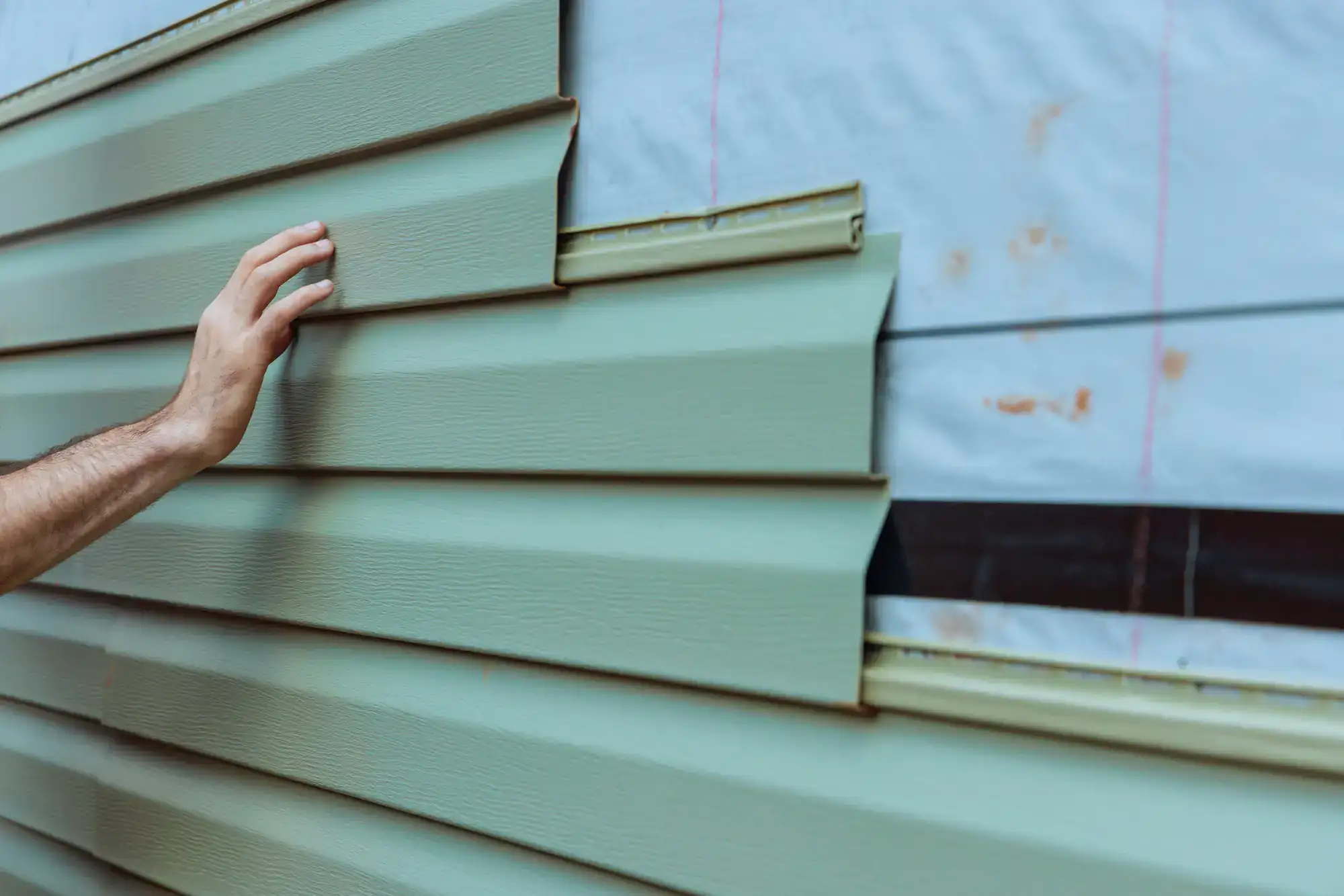
Fiber cement siding like James Hardie HardiePlank performs exceptionally well in Elmont’s coastal environment. It resists salt air corrosion, won’t rot from moisture exposure, and handles temperature fluctuations without cracking or warping.
Insulated vinyl siding is another excellent choice for Long Island homes. Modern vinyl systems include backing that improves energy efficiency and wind resistance up to Category 5 hurricane levels. The key is proper installation with quality underlayment and flashing.
Wood siding can work in coastal areas, but it requires regular maintenance and proper treatment to prevent moisture damage. Cedar naturally resists rot and insects, making it a better wood choice than standard pine or composite materials for Elmont’s climate conditions.
Siding installation costs in Elmont typically range from $8 to $15 per square foot, depending on material choice and project complexity. A typical 2,000 square foot home runs between $16,000 and $30,000 for complete siding replacement.
Vinyl siding installations start around $8-12 per square foot including materials and labor. Fiber cement siding costs $12-18 per square foot due to specialized installation requirements. Wood siding varies widely based on species and grade, typically $10-20 per square foot.
Additional factors affecting cost include old siding removal, underlying repairs, trim work, and architectural details like dormers or bay windows. We provide detailed estimates that break down all costs so you understand exactly what you’re paying for.
Most residential siding projects in Elmont take 5-10 working days to complete, depending on home size and weather conditions. A typical ranch home takes about a week, while larger colonials or homes with complex architecture may require two weeks.
The timeline includes old siding removal, any necessary repairs to underlying structure, installation of house wrap and new siding, and final trim work. Weather delays are common during winter months, so spring and fall installations typically proceed faster.
We schedule projects to minimize disruption to your daily routine. Most work happens during normal business hours, and we protect your home’s interior from weather exposure throughout the installation process.
We handle both repairs and full siding replacement, often recommending repairs when they make financial sense. Storm damage, impact damage, and isolated problem areas can frequently be repaired without replacing entire sections.
Repair work includes matching existing siding profiles and colors, replacing damaged sections, fixing loose panels, and addressing underlying moisture issues. We keep common siding materials in stock for faster repair turnaround.
However, if your siding is approaching 20-25 years old or has widespread issues like multiple loose panels, fading, or energy efficiency problems, replacement typically provides better long-term value than extensive repairs.
Properly installed siding in coastal areas requires minimal maintenance, but regular attention prevents small problems from becoming expensive repairs. Annual washing with mild soap removes salt buildup and prevents staining.
Inspect your siding twice yearly for loose panels, caulk gaps, or signs of moisture intrusion around windows and trim. Address small issues immediately—coastal weather turns minor problems into major damage quickly.
Trim trees and bushes away from siding to prevent scratching and improve air circulation. Check that gutters drain properly to prevent water from running down siding surfaces. These simple steps extend siding life significantly in Long Island’s challenging climate.
Several signs indicate siding replacement is necessary rather than repairs. Widespread fading, multiple loose or warped panels, and visible gaps that let air through are clear indicators that replacement makes more sense than ongoing repairs.
Energy bill increases often signal siding problems. If you notice drafts near exterior walls, higher heating and cooling costs, or moisture problems inside your home, your siding may no longer provide adequate protection.
Age is also a factor—most siding materials last 20-40 years depending on type and maintenance. If your siding is approaching this range and showing multiple issues, replacement typically costs less than continued repairs while providing better protection and energy efficiency.
Other Services we provide in Elmont